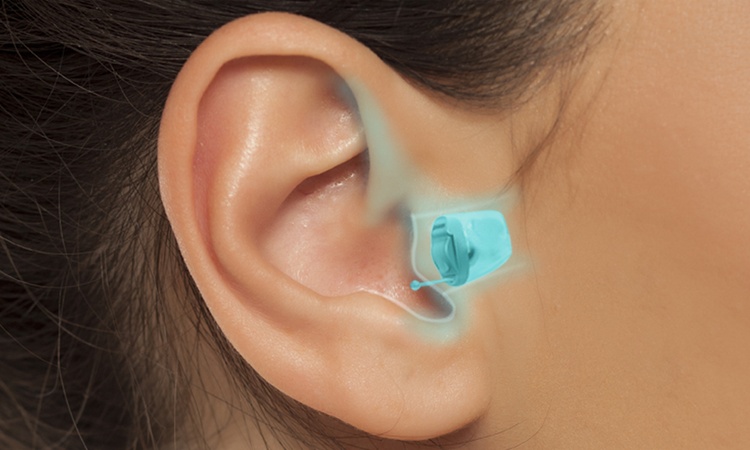Hearing aids: how they work and how to access services
Many people experience gradual hearing loss and find that hearing aids can improve communication, safety and quality of life. This article explains how hearing aids function, the main types and features to consider, what to expect from assessment and fitting, where to find local services, maintenance needs, and an overview of costs and funding options. The information is intended to help you make informed inquiries with healthcare professionals and providers.

This article is for informational purposes only and should not be considered medical advice. Please consult a qualified healthcare professional for personalized guidance and treatment.
How do hearing aids work?
A hearing aid is a small electronic device that amplifies sound and delivers it to the ear. Typical systems have a microphone to pick up sound, an amplifier to process and increase volume, and a speaker (receiver) to send the amplified sound into the ear canal. Modern hearing aids include digital processing to reduce background noise, focus on speech frequencies, and adapt to different listening environments. Many models can be programmed by an audiologist to match the wearer’s specific hearing loss profile, improving clarity and comfort.
Types and features to consider
Hearing aids come in several styles: behind-the-ear (BTE), in-the-ear (ITE), in-the-canal (ITC) and completely-in-canal (CIC). BTE models are versatile and suit a wide range of hearing losses, while smaller canal styles are less visible but may have fewer features or shorter battery life. Key features to compare include directional microphones, noise reduction, feedback cancellation, Bluetooth connectivity, rechargeable batteries, and programmability. The appropriate type depends on the degree of hearing loss, dexterity, lifestyle, and cosmetic preferences; an audiologist can advise which features matter most for daily use.
Assessment and fitting process
A proper hearing assessment typically begins with a hearing test (audiometry) performed by an audiologist or hearing care professional. Tests identify the type and severity of hearing loss and whether medical referral is needed. If a hearing aid is recommended, the device is programmed to match your audiogram, and a fitting appointment ensures comfort and correct placement. Follow-up visits allow adjustments to sound settings and verification of benefit. Realistic expectations and a period of acclimatisation are important; it can take several weeks to adapt to amplified sound and achieve optimal settings.
Local services and support in your area
You can access hearing services through public health systems, private clinics, and retail chains that offer hearing assessments and fittings. In the UK, NHS audiology departments provide assessments and may supply hearing aids when indicated, while private providers offer a wider range of devices and quicker appointments. Many providers include hearing aid trials, counselling, and ongoing aftercare such as cleaning, repairs and hearing rehabilitation. When searching for services, look for registered audiologists, clear warranty and repair terms, and local services that offer ongoing support rather than a one-off sale.
Maintenance, batteries and technology updates
Routine maintenance extends the life and performance of hearing aids. Keep devices dry and clean, change disposable batteries as needed or recharge rechargeable models nightly, and schedule regular servicing for wax removal and checks. Software updates and retuning can improve performance over time, particularly for digital models with wireless connectivity. Many clinics provide maintenance plans or offer hearing aid servicing during scheduled visits. Users should also be aware of signs needing professional attention, such as sudden changes in hearing, persistent feedback, or intermittent operation.
Costs, funding and comparison of providers
| Product/Service | Provider | Cost Estimation |
|---|---|---|
| NHS prescribed hearing aids | NHS | Free on prescription; waiting times may apply |
| Private hearing aid packages (basic to premium) | Boots Hearingcare | Approximately £700–£2,500 per ear |
| Private hearing aid packages (basic to premium) | Specsavers | Approximately £500–£2,000 per ear |
Prices, rates, or cost estimates mentioned in this article are based on the latest available information but may change over time. Independent research is advised before making financial decisions.
Conclusion
Choosing a hearing aid involves balancing technical features, personal needs and budget while working with qualified professionals for assessment and fitting. Whether accessing NHS services or private providers, focus on reputable local services that offer assessment, trial periods, follow-up care and clear information on warranties and maintenance. Regular checks and realistic expectations will help you get the most benefit from amplification and improve everyday communication.



